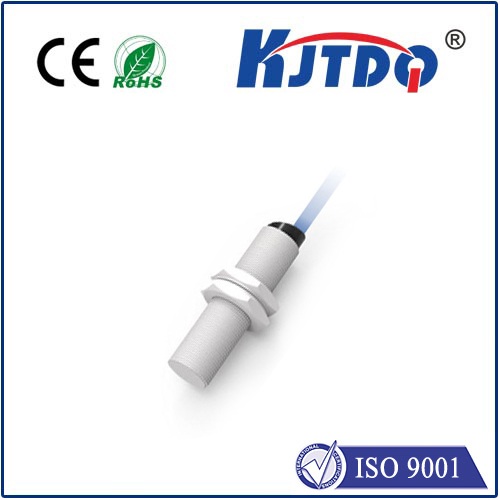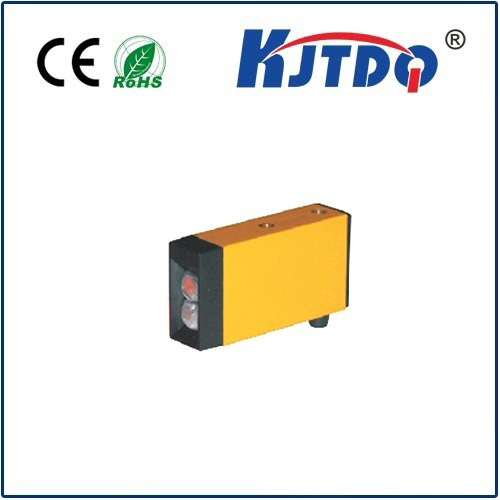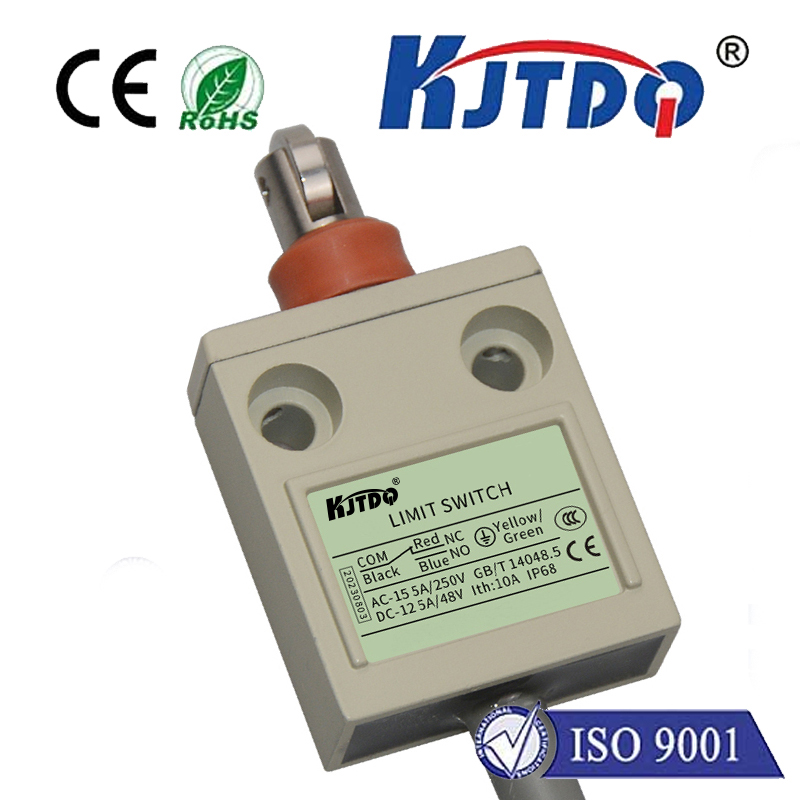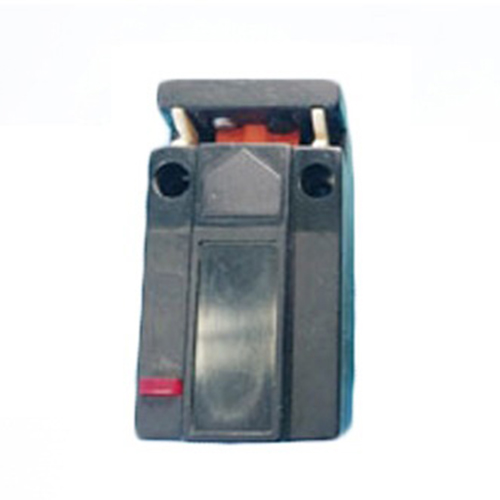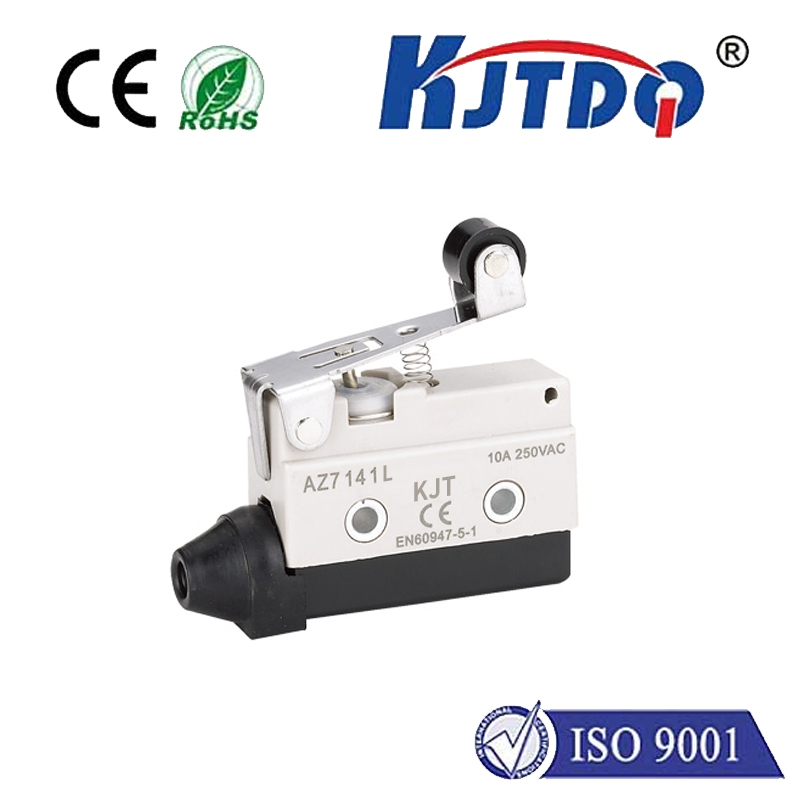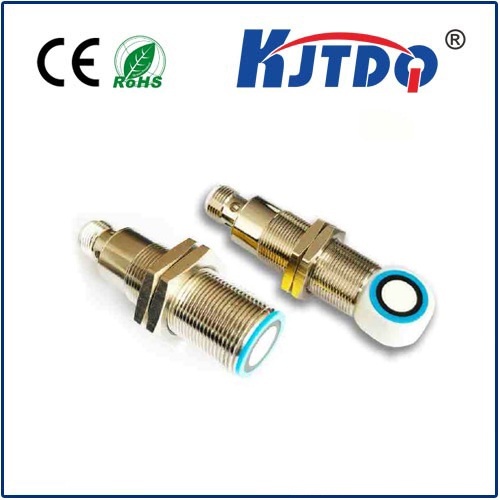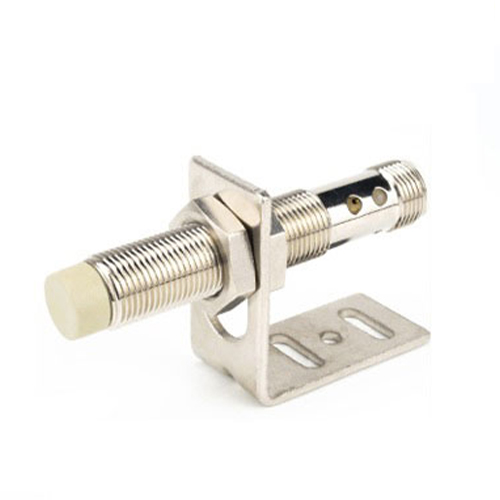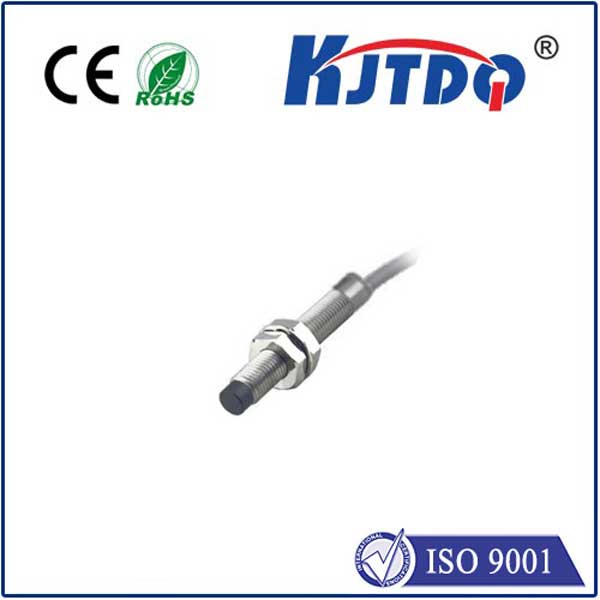micro photoelectric sensor
- time:2025-07-26 00:41:01
- Click:0
Micro Photoelectric Sensors: Precision Detection Powering Modern Manufacturing Solutions
In the unseen pulse of modern automation, a microscopic hero operates with relentless accuracy. Imagine the “invisible heartbeat” controlling robotic arms placing components a fraction of a millimeter apart, verifying the presence of microscopic pills in blister packs, or detecting the finest filament in 3D printers. This remarkable capability often stems from a technology both compact and powerful: the micro photoelectric sensor. More than just small, these miniature marvels are fundamental components driving precision, efficiency, and innovation across countless industries by harnessing the power of light for detection.
Understanding the Micro Photoelectric Principle
At its core, a photoelectric sensor operates on the simple yet profound photoelectric effect. It involves an emitter generating a specific beam of light (commonly visible red, infrared, or laser) and a receiver designed to detect this specific light. The fundamental detection principle revolves around changes in the received light beam.
- Through-Beam Sensors: Feature a physically separate emitter and receiver. Detection occurs when an object interrupts the beam traveling between them. This mode offers the longest sensing range and highest precision for detecting even very small objects.
- Reflective Sensors: Combine the emitter and receiver in a single housing. The sensor detects an object when the emitted beam reflects off the object and back to the receiver. A specific subtype is the retroreflective sensor, which uses a reflector; detection happens when an object breaks the beam reflected back from the prism. Reflective sensors offer a good balance of size and sensing range.
- Diffuse Sensors: Also house emitter and receiver together. Detection occurs when the emitted light reflects diffusely off the target object itself back to the receiver. Sensitivity adjusts based on the target’s color, texture, and distance. These are typically the most compact and versatile.
The “Micro” Advantage: Small Size, Big Capabilities

Micro photoelectric sensors take this proven technology and shrink it down significantly, specifically designed for applications where space is at an absolute premium. This miniaturization unleashes unique advantages:
- Miniaturization & Space Optimization: Their extremely compact footprint allows installation in confined spaces within machinery, robotic grippers, intricate assembly lines, medical devices, or consumer electronics manufacturing where conventional sensors simply wouldn’t fit. Think PCB assembly or micro-fluidic device handling.
- Enhanced Precision & Detection of Minuscule Objects: Leveraging focused light beams, often laser-based, micro sensors excel at detecting tiny components, fine wires (thin strands as small as 0.05mm), micro-chips, or verifying the presence of minuscule features on surfaces with exceptional positional accuracy. They are essential in semiconductor and electronics manufacturing.
- Ultra-Fast Response Times: The compact design and optimized electronics translate to lightning-fast reaction speeds, often in the microsecond range. This is critical for high-speed counting, sorting (e.g., screws, pills), bottling lines, or coordinating rapid robotic movements without lag.
- High Environmental Resilience: Despite their size, quality micro photoelectric sensors boast robust construction. They frequently feature high IP (Ingress Protection) ratings (like IP67) for dust and water resistance, and immunity to electromagnetic interference (EMI), making them reliable even in demanding factory floors. Options include metal housings for extreme durability.
- Energy Efficiency: Designed for modern efficiency, many draw minimal power, suitable for battery-operated devices or reducing overall system energy consumption.
Pervasive Applications: Where Micro Photoelectric Sensors Shine
The unique blend of tiny size and potent detection capability makes these sensors indispensable across diverse sectors:
- Ultra-Precise Manufacturing: Detecting miniature parts (gears, springs, connectors) in automated assembly, verifying chip placement on PCBs, inspecting solder joints, aligning wafers in semiconductor processing, controlling micro-drilling operations, and ensuring perfect labeling on tiny products.
- Pharmaceutical & Medical Device Production: High-speed counting and verifying the presence of tiny pills in blister packs, inspecting vial fill levels, detecting syringes or micro-needles on conveyors, and ensuring precise component positioning in intricate diagnostic equipment assembly.
- High-Speed Packaging & Food Processing: Monitoring film feed on blister machines, detecting missing products or caps on tiny containers (cosmetics, samples), verifying fill levels in miniature sachets, ensuring seal integrity on small packages, and counting small confectionery items at high throughput.
- Electronics & Semiconductor: Inspecting component leads, detecting broken filaments, verifying micro-component presence before soldering, ensuring connector pin alignment, and presence/absence detection in SMT (Surface Mount Technology) processes.
- Robotics & Automation: Providing critical feedback within compact robotic grippers for delicate part handling (e.g., watch components), position verification for micro-actuators, and edge detection for precise robotic guidance in tight spaces.
- Consumer Goods & Textiles: Counting miniature components during assembly (toys, electronics), detecting thread breakage on high-speed looms, verifying the presence of tiny zippers or buttons, and quality control on intricate patterns.
Micro Photoelectric Sensors vs. Alternatives: Choosing the Right Tool
While micro photoelectric sensors excel in many applications, understanding their position relative to other sensing technologies is crucial:
| Sensor Type |
Key Strengths |
Key Limitations |
Where Micro Photoelectric Shines |
| Mechanical Switches |
• Simple• Low cost• Direct contact |
• Physical wear• Slower• Unsuitable for tiny objects |
• Non-contact detection• High speed• Small objects |
| Proximity Sensors |
• Non-contact (inductive/capacitive)• Good in dirty environments |
• Limited sensing range• Detect only metal/conductive materials (inductive)• Larger size |
• Longer range• Detects multiple materials• Compact size |
| Ultrasonic Sensors |
• Detects transparent objects• Measures distance• Unaffected by color |
• Slower response• Sensitive to noise & environment• Larger size |
• Faster response• More compact• Ideal for small opaque targets |
Micro photoelectric sensors offer a compelling solution when non-contact detection of small objects at speed, in confined spaces, and often regardless of the target’s material type (within reason) is paramount. Their low-maintenance nature (no moving parts causing wear) is a significant advantage over mechanical switches.
Practical Considerations: Deployment & Maintenance
Successfully integrating micro photoelectric sensors hinges on several factors:
- Correct Mode Selection: Choose between Through-Beam (longest range, highest precision), Retroreflective (moderate range












